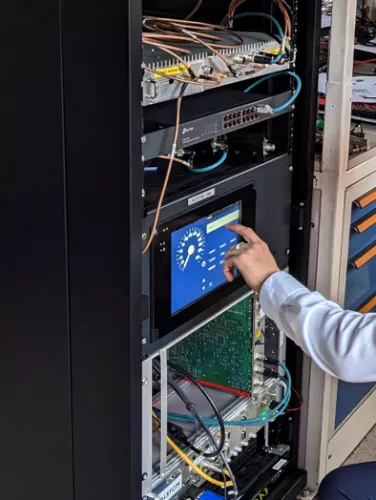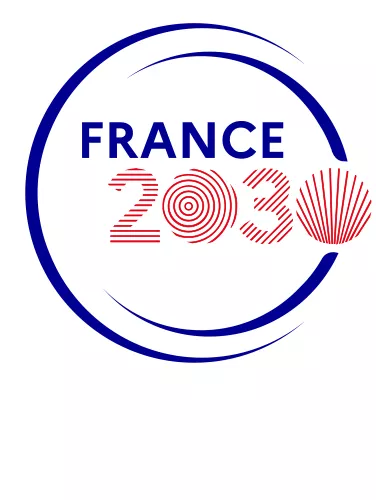ERTMS, ETCS, GSM-R, FRMCS... it’s hard to make sense of all these acronyms! And yet all these systems have something in common: they are helping to modernise the network and ensure the safe interoperability of traffic on the rail network.
Currently being rolled out in France and Europe, the European Rail Traffic Management System (ERTMS) is made up of two components:
- Signalling, to ensure train protection with the European Train Control System (ETCS);
- Communication via the Global System for Mobile communications - Railways (GSM-R).
FRMCS is still at the prototype stage and will replace, at European level, GSM-R, which has been in service for more than 20 years.


